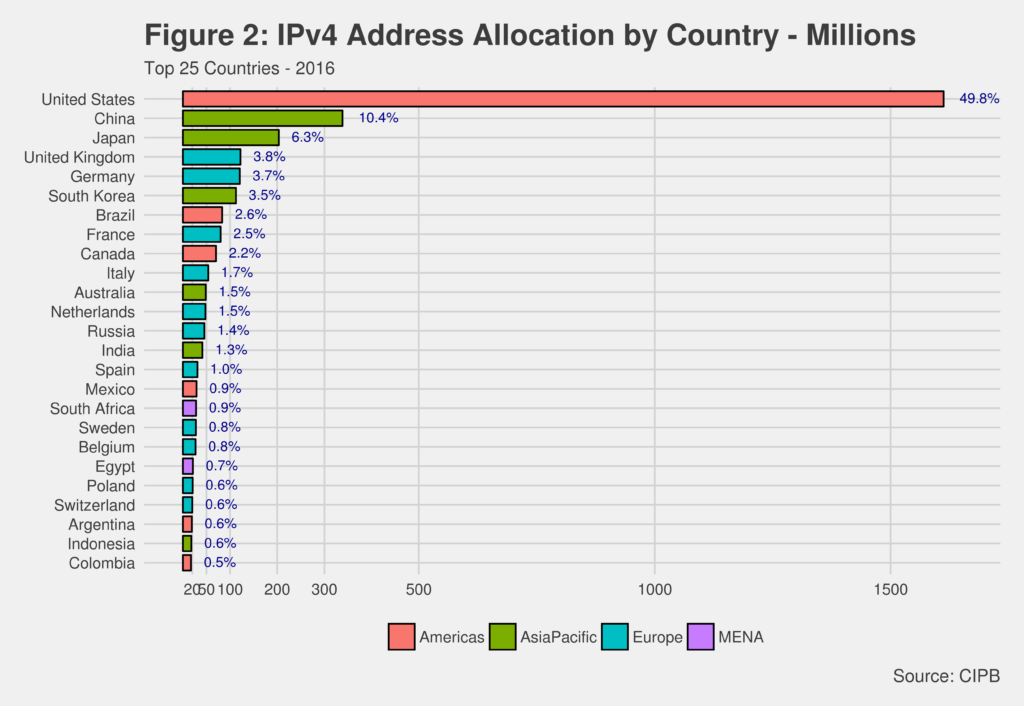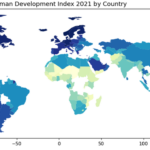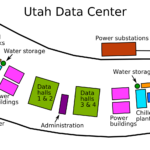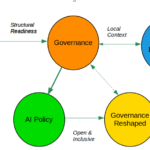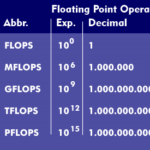Akami recently published its latest State of the Internet report for the 3rd quarter of 2016. As a content delivery provider, Akamai has access to real-time data on the status of Internet traffic and even monitors Internet attacks by country. Using primary data, Akamai reports summarize Internet traffic by quarter for over 150 countries. The report’s main focus is on broadband but also includes an analysis of security related events.1 The company produces a separate report on Internet security.
Data Collected
The report’s data comes from the company’s support network which comprises over 800 million IPv4 addresses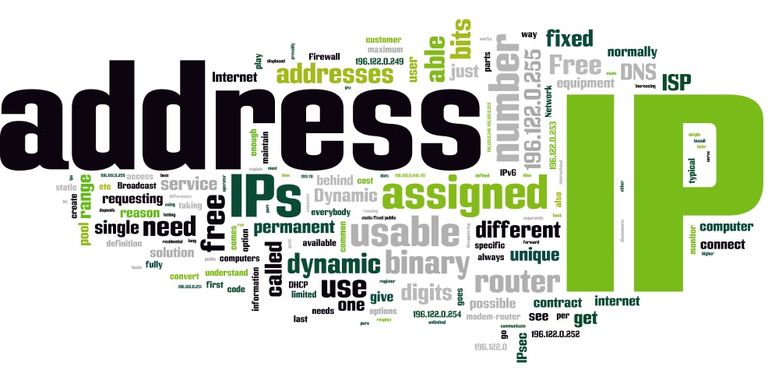 representing over a billion Internet users. The latter is about 25% of all global users, according to the latest statistics2 There are now 4.1 billion people using the Internet according to ITU data.. A maximum of 4.29 billion (or 232) IPv4 addresses are possible and, according to some estimates, most have already been allocated.3 Akamai’s report suggests there are 23 million addresses still available. That is 0.005% of the total.
representing over a billion Internet users. The latter is about 25% of all global users, according to the latest statistics2 There are now 4.1 billion people using the Internet according to ITU data.. A maximum of 4.29 billion (or 232) IPv4 addresses are possible and, according to some estimates, most have already been allocated.3 Akamai’s report suggests there are 23 million addresses still available. That is 0.005% of the total.
This does not necessarily mean that all addresses are in fact being used. Issues related to suboptimal allocation and underutilization of IP address blocks are some of the factors that prevent this. In any event, the Internet is expected to move to the new IPv6 addressing scheme which is expected to solve the exhaustion issue.4 The IPv6 addressing scheme can accommodate 2128 which translates to 3.402824 followed by 38 zeros!. In any event, the data in the report covers about 20 to 25% of all IPv4 addresses allocated on a global scale.
It is however not clear if the data in the report is a random sample of the actual data out there. While 2ra5% coverage is indeed significant this does not in itself guarantee that the data is really representative of the overall population distribution. On the other hand, given level of global coverage, it is possible to still find interesting patterns that could be corroborated using other data sources.
In this post, I will only focus on the distribution of IPv4 addresses by country.
IPv4 distribution
Figure 1 shows the distribution of the over 800 million addresses included in the report for the top 25 countries. The US is the clear leader with 138.2 million addresses or 17.1% of the total. China follows closely with 122.3 million.
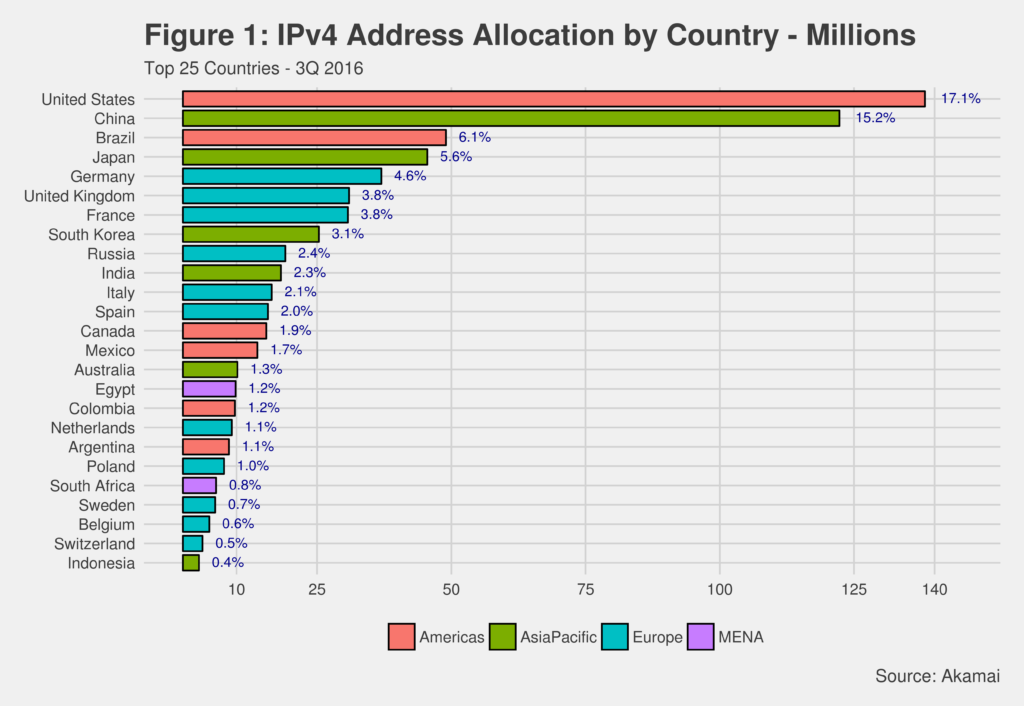
There is a bit of a gap with the next batch of countries. Only 6 other countries have an IP share of more than 3%. On the other hand, the top 6 countries account for 52.3% of all allocated IPv4 addresses. As mentioned before this above numbers are roughly a 25% sample of the actual data.
IPv4 global distribution
Data on IPv4 allocation by countries can be found from different sources. For the purposes of this post, I will be using data from Country IP Blocks (CIPB) which was last updated on 13 February of this year. In addition to countries, data also includes Bogons, as well as regional IPv4 data for the EU and Asia Pacific. Figure 2 shows the global distributions of allocated IPv4 addresses for the top 25 countries.
While the distribution of the top 10 countries varies a littles in comparison to figure 1 above, the actual distribution numbers yield a very different result. The US is well ahead in the allocation of IPv4 address and has over 1.2 billion more addresses than China, the country in second place. In addition, the top 5 countries comprise 70% of all IPv4 addresses. IPV4 address allocation is thus quite unequal and has a Gini coefficient of over 0.80.
Bear in mind however that such distribution of addresses is partly a reflection of the historical evolution of the Internet since its beginning. In that context, it is remarkable that China is in second place as this probably means that its growth has been well above average, given its late start in the IPv4 game.
This comparison also shows some of the statistical limitations of big data. In spite of having close to 25% of the actual data available, it is not possible to argue that Akamai’s data provides an adequate statistical representation of the actual distribution of IPv4 addresses. While Akamai is certainly not making such claims, it is certainly not a good idea to use its data, identify trends and make overall generalizations about IP global distribution. A random sample of say 5% of the total IP population would probably be more significant, statistically speaking.
IPv4 addresses and Internet users
Figure 4 shows the number of Internet users in 2016 for every address allocated for the top 25 IPv4 countries. As expected, the US is still well ahead but now the distance to the next 10 countries or so is not so dramatic as is the case of absolute IPv4 addresses. Note also that the few developing countries showing
up in the graph have less than one user for every IPv4 address allocated. And China has now dropped to 23rd as it has 1 IP address for every two users, in spite of having the largest number of Internet users around the globe. Again, this is showing the evolution of the Internet since the early 1990s. But in this case, no stellar performers can be found.
All this might change once IPv6 addresses become the standard. But I am not sure when that will be actually happening.
Cheers, Raúl
Endnotes
| ⇧1 | The company produces a separate report on Internet security. |
|---|---|
| ⇧2 | There are now 4.1 billion people using the Internet according to ITU data. |
| ⇧3 | Akamai’s report suggests there are 23 million addresses still available. That is 0.005% of the total. |
| ⇧4 | The IPv6 addressing scheme can accommodate 2128 which translates to 3.402824 followed by 38 zeros! |

